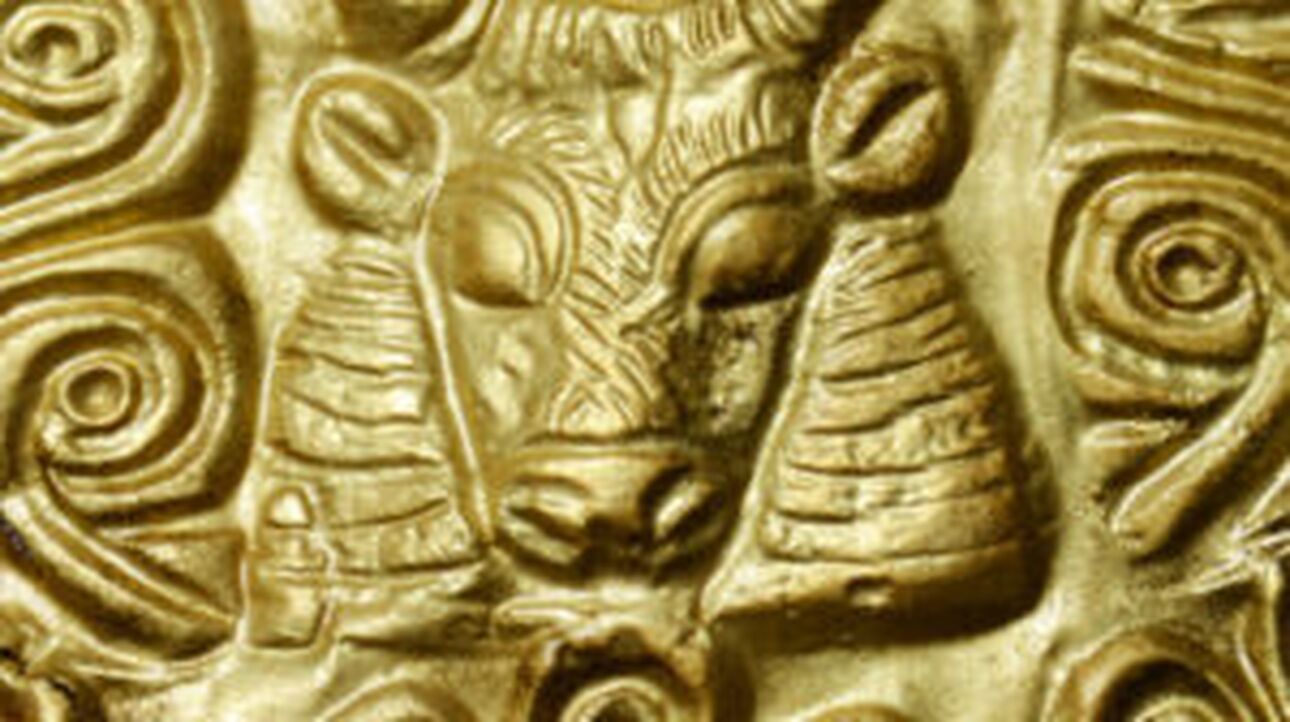Archaeologists in Larnaca have unearthed a collection of royal tombs dating back to the Bronze Age, considered among the most luxurious in the Mediterranean.
The excavation, conducted near Alyki Larnaca and the Hala Sultan Mosque, revealed underground burial chambers where they found skeletons adorned with luxurious diadems and necklaces, as well as a plethora of valuable burial gifts made of gold, precious stones, and ivory. The remains and artifacts indicate that they belonged to kings and members of the ruling elite of the region, as reported by the German scientific journal “Wissenschaft.”
The tombs were uncovered during excavations that commenced as far back as 1897. Over time, teams of archaeologists have been meticulously unearthing the remnants of an ancient Bronze Age city near the modern Larnaca airport. The sprawling site spans over 50 hectares and is believed to have flourished between 1630 to 1150 BCE, housing neighborhoods occupied by nobility and copper workshops.
The most recent discovery, dating back to 2016, occurred under the guidance of archaeologist Professor Peter Fischer from the University of Gothenburg, Sweden. The researchers found a necropolis, a city of the dead, which contained partially ornate tombs, hinting at the extraordinary wealth and significance of the individuals buried within.
“We found more than 500 intact artifacts in just two of these burial chambers. Many of these objects are made of precious metals, gemstones, ivory, or high-quality ceramics,” professor Fischer had said.
The tombs also contained precious bronze weapons decorated with ivory and a seal made of hematite with a gold frame.
“The wealth of these burial artifacts leads us to believe that we have stumbled upon royal tombs. Though we are yet uncertain of the governance structure of the ancient city, those laid to rest here were undoubtedly part of the ruling elite,” the Swedish archaeologist added.
Among the deceased was a woman surrounded by dozens of ceramic vessels, jewelry, and a round bronze mirror. Beside her rested the remains of a one-year-old child, interred with a delicate ceramic toy, hinting at the practices and rituals of that era. The archaeological team also discovered other tombs containing both men and women, buried with diadems and necklaces boasting impeccable craftsmanship. The design and material of these pendants suggest they may have originated from Egypt, possibly during the reign of Akhenaten and Nefertiti, and even Tutankhamun.
Further analysis of the findings indicated that many of the precious artifacts hailed from other great civilizations in the Mediterranean, indicating the existence of extensive cultural and economic relationships at the time. These luxury imports, including gold and ivory from Egypt, blue lapis lazuli from Afghanistan, red carnelian from India, and blue-green turquoise from the Sinai, were likely a symbol of status and tribute.
The elite class of this ancient civilization is believed to have grown prosperous through their copper exports from the nearby Troodos Mountains. “Copper was a significant commodity during that time because it was used in combination with tin to produce the hardest copper alloy, which gave its name to the Bronze Age,” she said.







Click here to change your cookie preferences